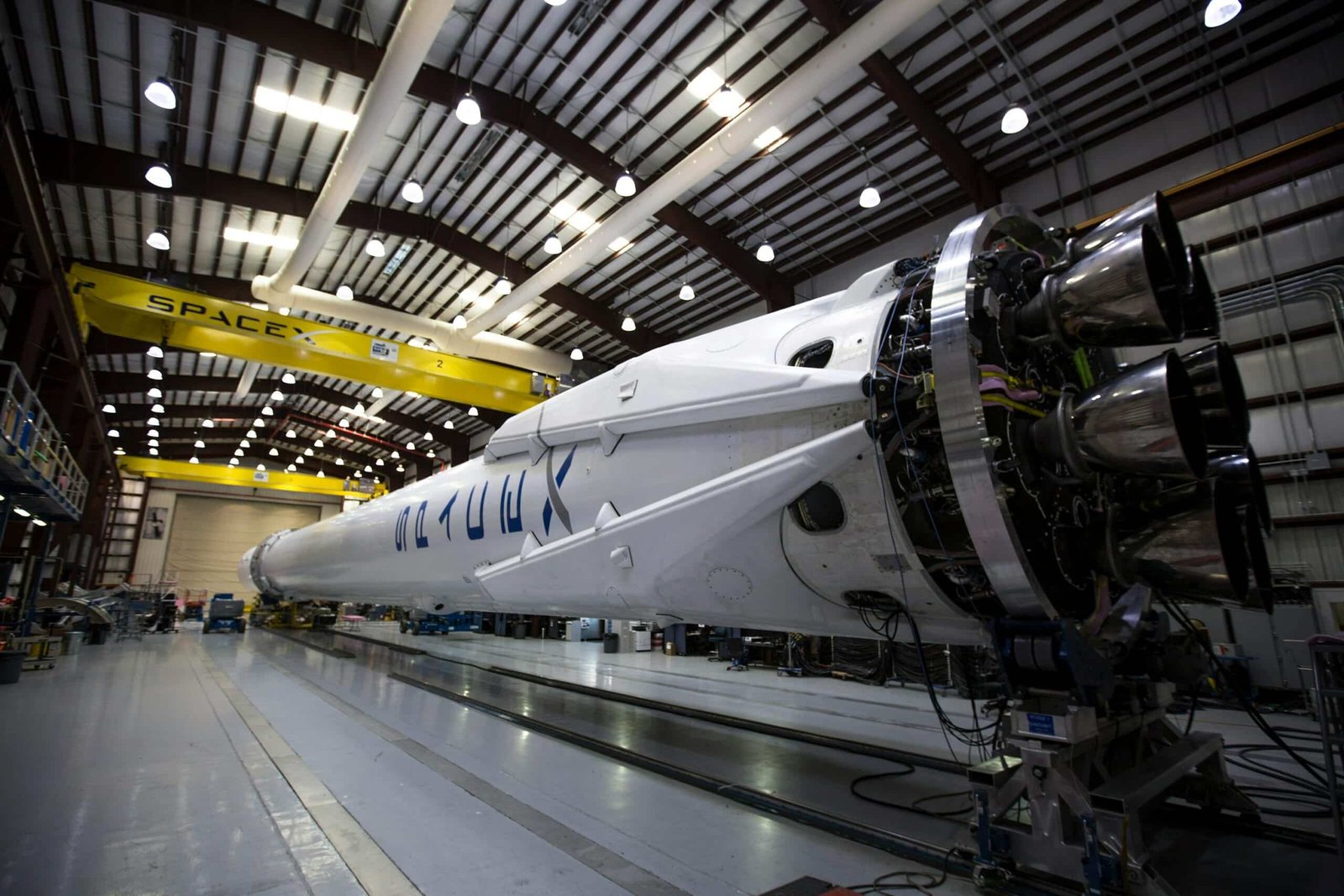63. Case Study: Electrical Engineering in Space Exploration

Overview of Space Exploration in Electrical Engineering
Importance of Electrical Engineering in Space Exploration
Electrical engineering plays a crucial role in enabling space exploration, acting as the backbone that supports all electronic systems onboard spacecraft. From navigation to communication, every function relies on sophisticated electrical components and systems.
Key areas of impact include:
- Power Systems: Providing energy harnessed from solar panels or nuclear sources.
- Communication: Facilitating real-time data transmission back to Earth.
- Control Systems: Ensuring accurate maneuvering and operation of spacecraft.
Without these innovations, missions like Apollo 11 or the Mars rovers would not have achieved their remarkable feats.
Historical Context of Electrical Systems in Space Missions
The journey of electrical systems in space exploration dates back to the early 20th century. Initially, primitive electrical devices powered communications and navigation systems. Over the decades, advancements have included:
- 1960s: The introduction of transistor technology in the Apollo missions revolutionized electronics.
- 1970s: Exploration satellites like Voyager utilized robust electrical circuits, allowing for deep-space communication.
These milestones set the stage for current missions, showcasing how critical electrical engineering is to the success of space exploration. Each leap in technology not only facilitated missions but also laid the groundwork for future innovations.

Challenges and Solutions in Electrical Engineering for Space Exploration
Radiation Protection Measures for Electrical Systems
One of the major challenges in space exploration is the exposure of electrical systems to high levels of radiation. Space is filled with cosmic rays and radiation from solar flares, which can disrupt or damage sensitive electronic components. Engineers have developed several protective measures, such as:
- Shielding Materials: Using heavy metals like lead or lightweight materials like polyethylene to absorb radiation.
- Redundant Systems: Designing backup electronic systems to take over in case of primary system failure.
These strategies ensure that vital equipment continues to function reliably in harsh environments.
Power Generation and Management in Vacuum Conditions
Power generation in vacuum conditions presents its own set of challenges, primarily because traditional systems like combustion engines cannot operate without air. Instead, spacecraft rely on innovative solutions, such as:
- Solar Panels: Harnessing energy from the Sun, even in the vacuum of space.
- Radioisotope Thermoelectric Generators (RTGs): Using radioactive decay to produce power, ideal for missions to distant planets.
Engineers continuously refine power management systems to maximize efficiency and battery life, reflecting the relentless pursuit of innovation in electrical engineering to overcome the unique obstacles posed by space exploration.

Case Studies of Electrical Engineering Applications in Space Missions
The Role of Electrical Engineering in Satellite Communication
Electrical engineering is fundamental in ensuring robust communication between Earth and satellites. The intricacies of satellite communication highlight the crucial role of engineering in maintaining reliable connections. Key elements include:
- Transponders: These devices amplify and relay signals, enabling voice, data, and television transmission.
- Signal Encoding: Engineers employ advanced encoding techniques to prepare signals for transmission, increasing clarity and reducing loss.
For example, the ongoing work with the Global Positioning System (GPS) satellites demonstrates how electrical systems enhance navigation accuracy worldwide.
Electrical Systems in Mars Rovers
Examining the electrical systems in Mars rovers, such as Perseverance, reveals how essential engineering advancements are for exploration. Rovers are equipped with:
- Power Systems: Solar panels charge batteries, ensuring the rover operates effectively in the harsh Martian environment.
- Communication Systems: Advanced antennas and radios allow real-time data transmission back to mission control.
These systems not only allow for remarkable scientific contributions but also showcase the innovative spirit of electrical engineering in overcoming challenges of space exploration. Each mission paves the way for further advancements and inspires future endeavors in outer space.

Future Perspectives and Innovations in Electrical Engineering for Space Exploration
Advancements in Miniaturization of Electrical Components
The future of electrical engineering in space exploration is truly exciting, especially with advancements in miniaturization. Engineers are now creating smaller, lighter components without sacrificing functionality. This transformation is crucial for reducing weight and increasing payload capacity in spacecraft. Key advancements include:
- Microfabrication Techniques: These allow for the creation of tiny yet powerful circuits.
- System on Chip (SoC): Combining multiple functions into a single chip reduces space and power requirements.
For instance, tiny sensors onboard CubeSats enable extensive data collection while occupying minimal space.
Integration of AI and Robotics in Space Electrical Systems
Furthermore, the integration of artificial intelligence (AI) and robotics is revolutionizing how electrical systems operate in space. With autonomous systems taking charge, missions can now adapt in real-time to unforeseen circumstances. Highlights of this development include:
- Smart Navigation: Using AI algorithms for robust pathfinding and obstacle avoidance.
- Robotic Maintenance: Rovers equipped with robotic arms can repair systems autonomously, enhancing mission longevity.
Ultimately, these innovations promise to take human exploration further into the cosmos and make Earth-bound life safer and more efficient, proving once again that electrical engineering is pivotal in shaping the future of space exploration.

